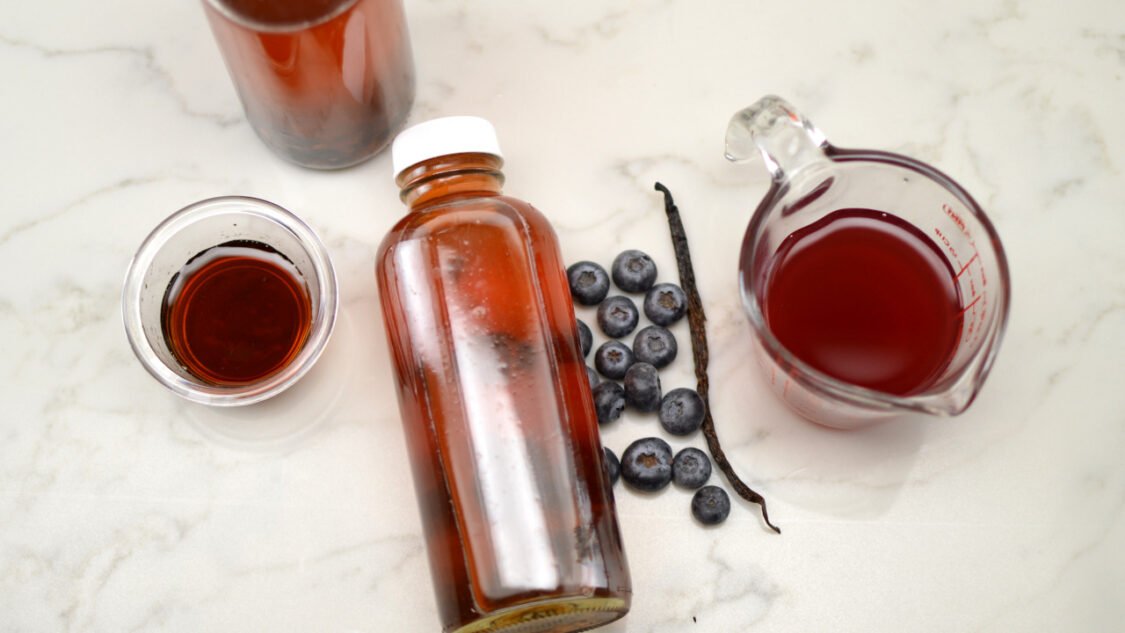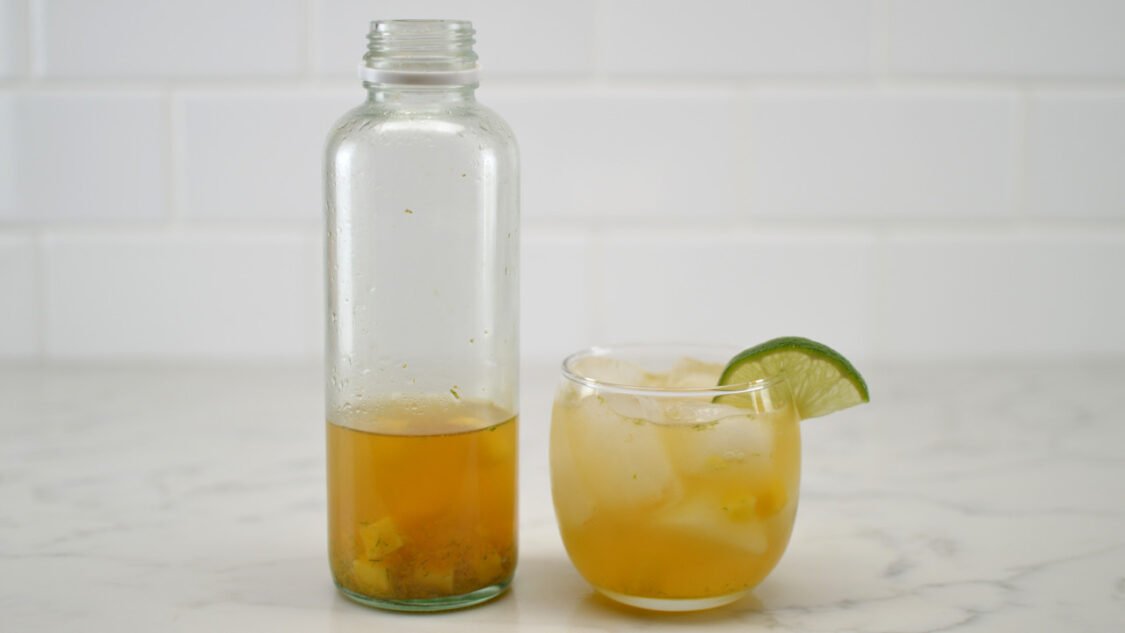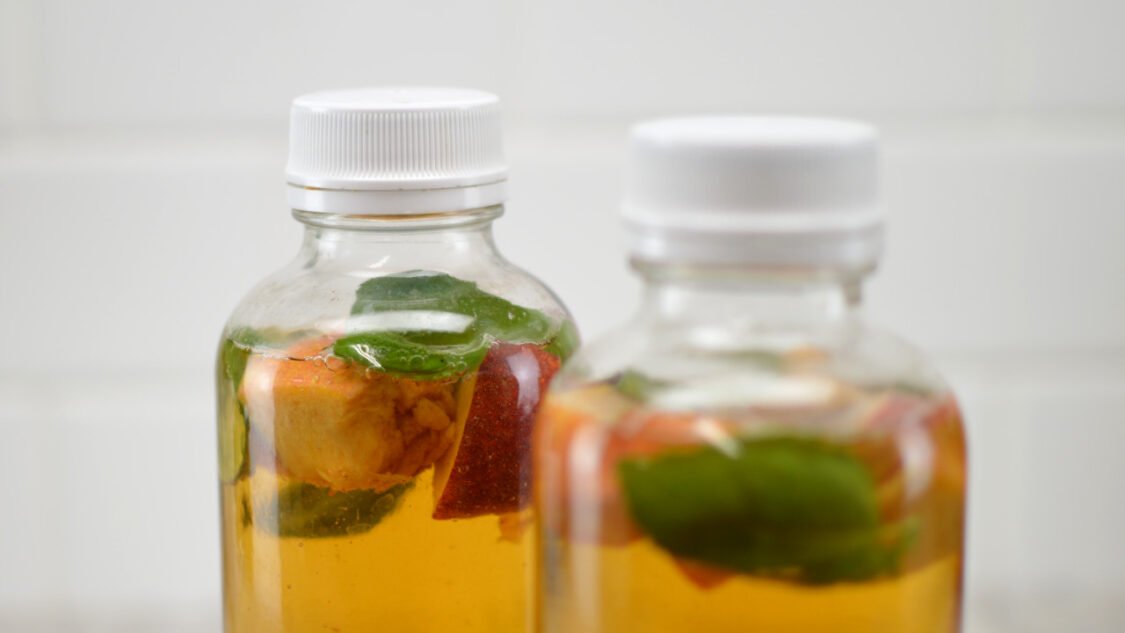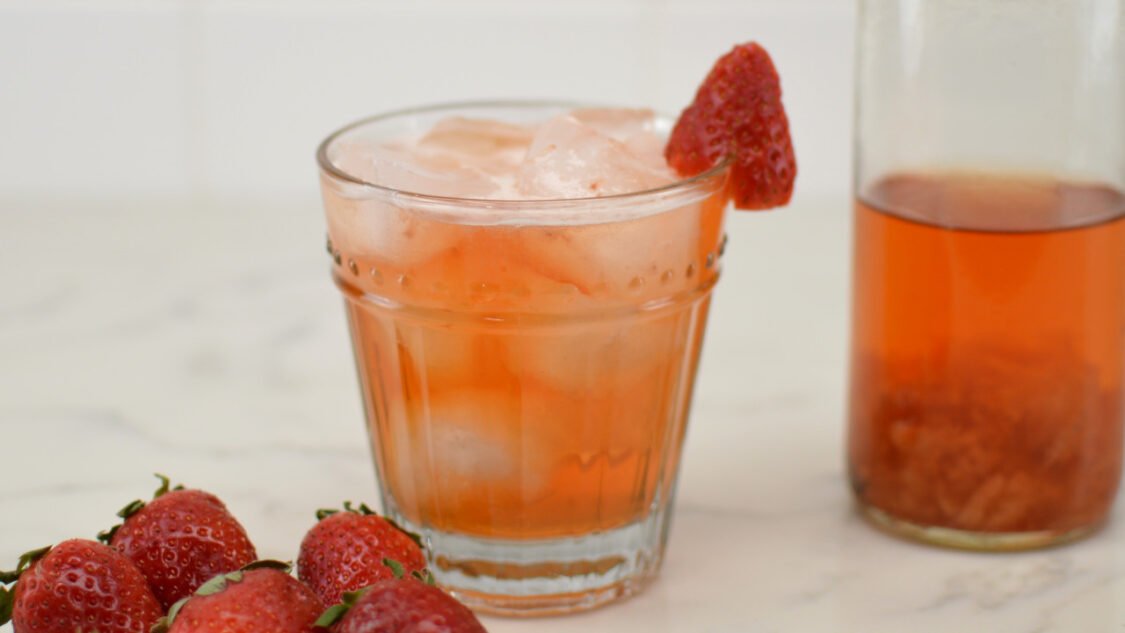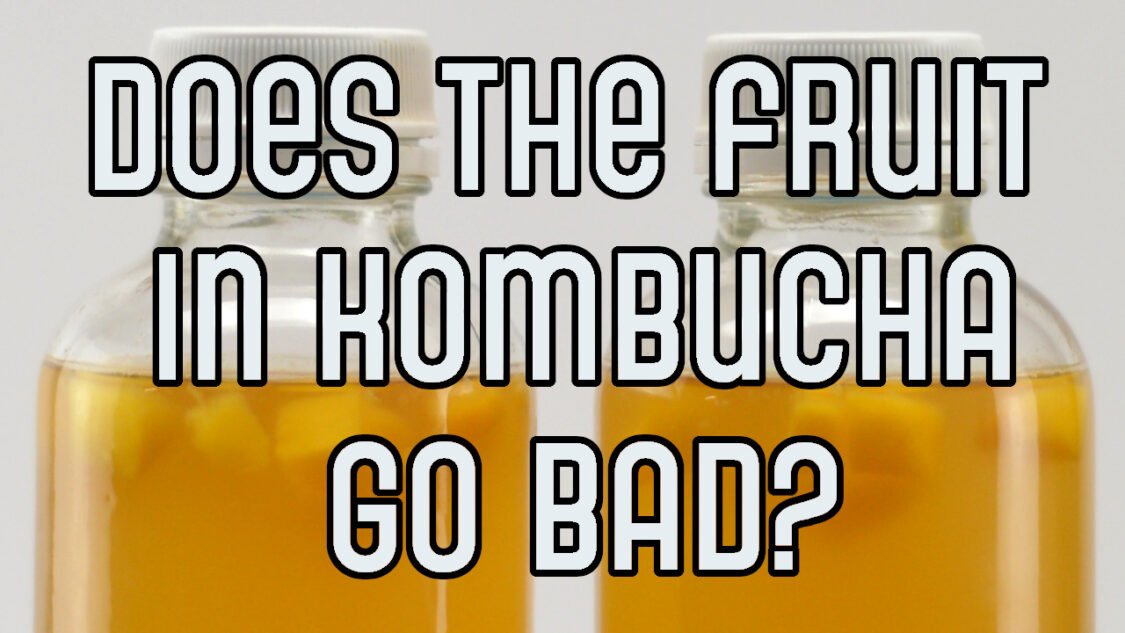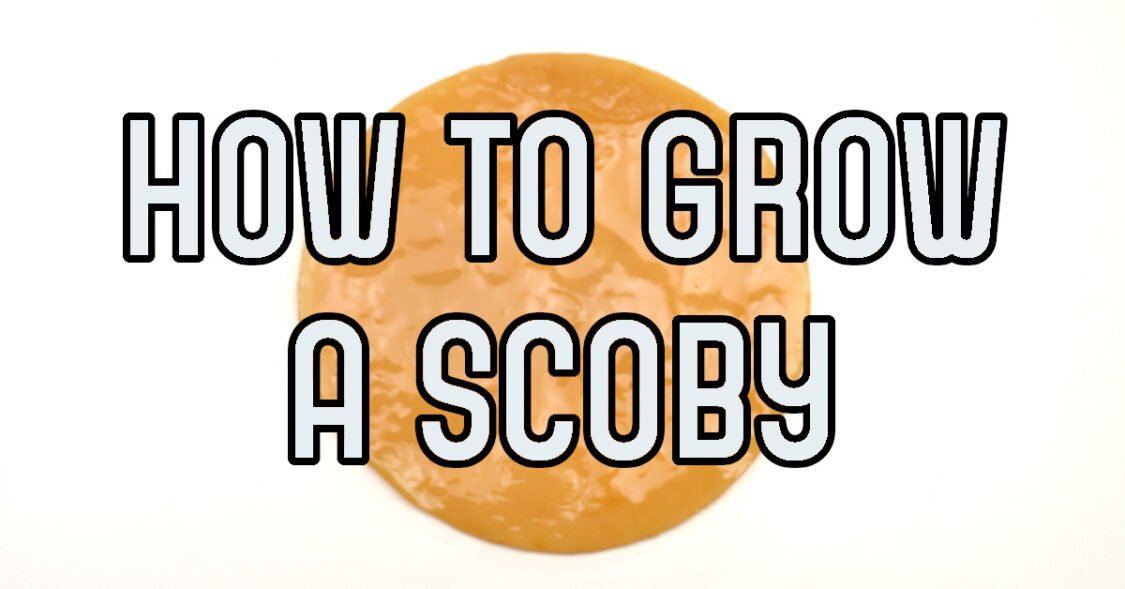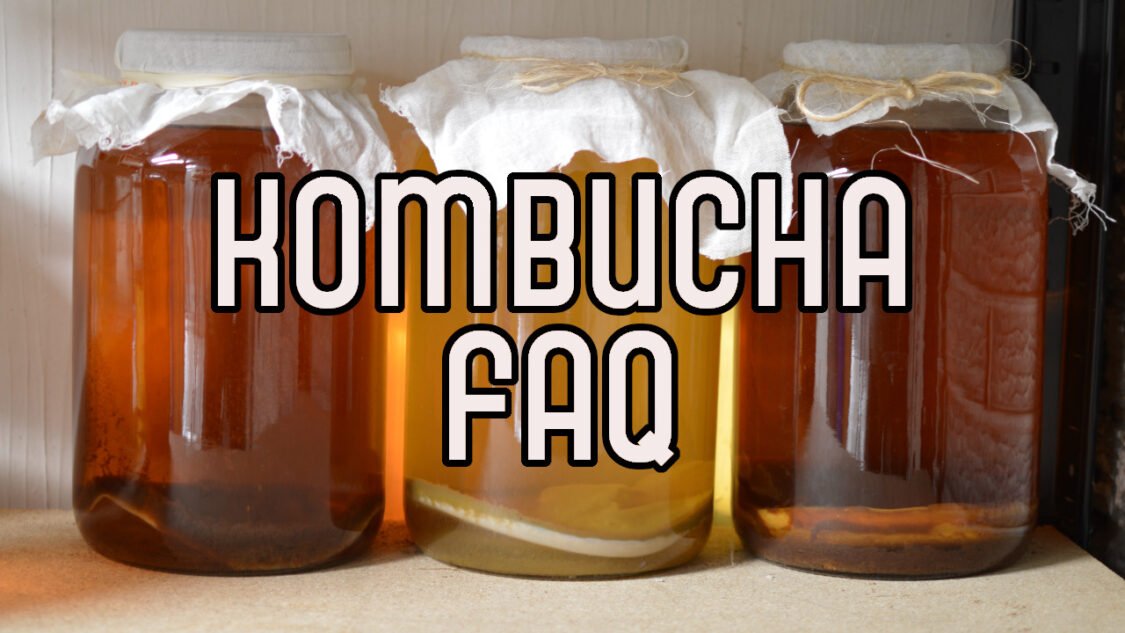Raspberry Lemonade Kombucha
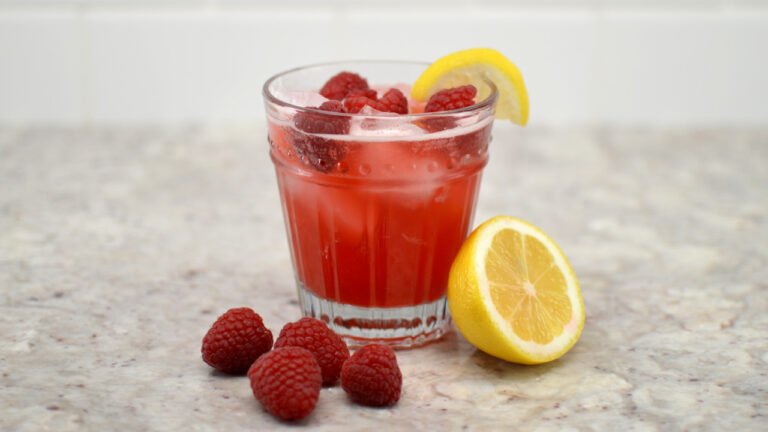
For this recipe I am using the base kombucha as green tea. Recall that green tea is less processed than black tea, resulting in a lighter, fresher taste and a slightly grassy, earthy or vegetal aroma. Black tea, on the other hand, is fully fermented and has a stronger, more robust flavor with a deeper color.
The color of this kombucha is lighter, with a pink-golden hue, rather than the darker reddish color you would get from black tea. This is due to green tea’s lighter color which carries through to the finished kombucha.
Green tea raspberry lemonade kombucha has a light, delicate taste with subtle earthy and slightly tart notes that complement the sweetness of the raspberries and tartness of the lemon juice. Additionally, it has a slightly grassy or vegetal aroma, which gives a unique impression of freshness. The fresh lemon provides a zesty and citrusy notes, while the raspberries add sweet and slightly tart flavors.
For recipes with lemon, I like to use the whole lemon, rind, pith and juice as I feel it imparts extra layers of lemon flavor over straight juice.
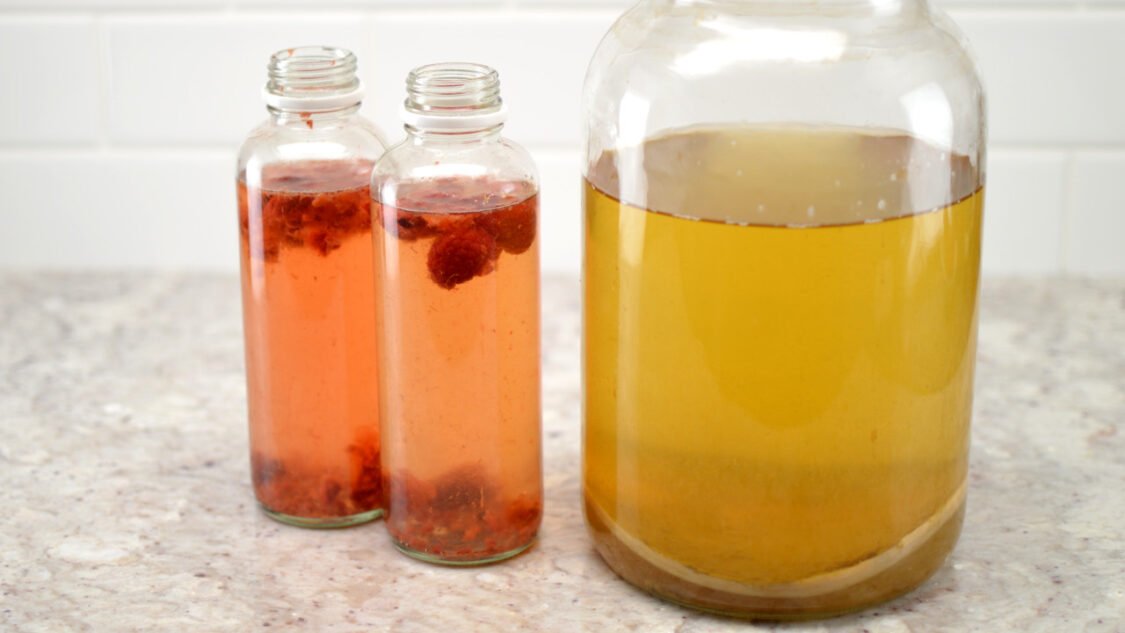
Kombucha Fermentation Overview
There are two fermentation phases when making kombucha:
1. Primary Fermentation: This is when you transform sweet tea into tart and tasty kombucha (see my guide to homemade kombucha here).
2. Secondary Fermentation: This is when you carbonate the kombucha by adding flavor and sugars (like raspberries and lemon ?) and bottling it.
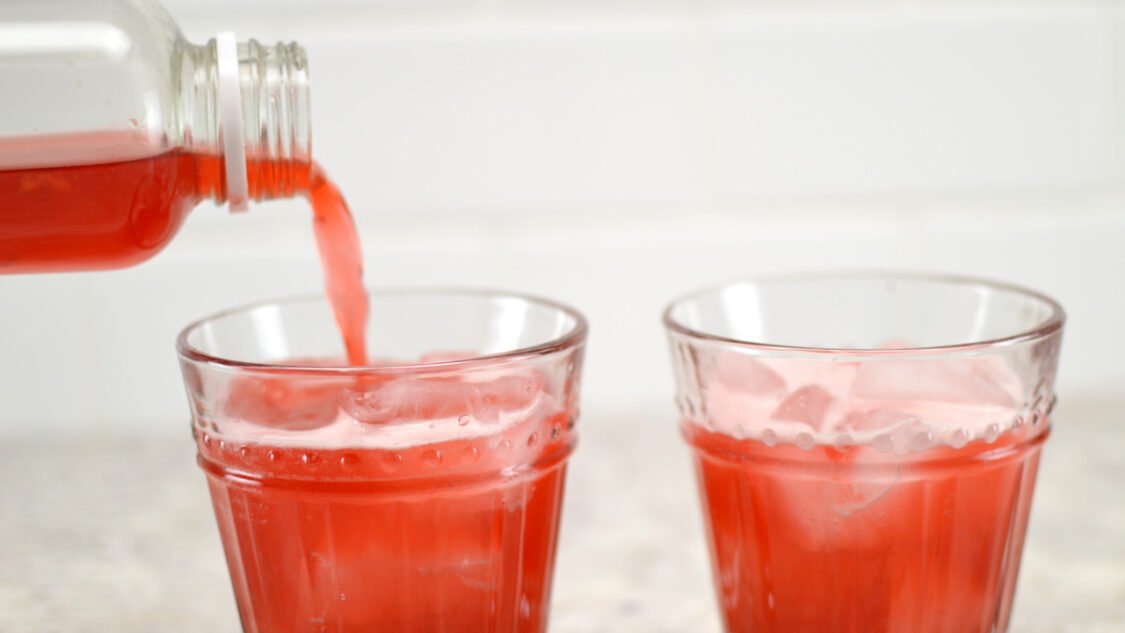
Preparing for Secondary Fermentation
This recipe makes about 7 x 16 fluid ounce bottles of finished kombucha (from a 1-gallon batch of unflavored homemade kombucha aka from your primary fermentation).
Reserve 2 cups (about 16 oz / 0.47L) kombucha and your SCOBY from your completed primary fermentation and set aside – you will use this as your starter for your next gallon batch of kombucha.
With your kombucha starter tea and SCOBY placed aside, you now have enough kombucha left to flavor and fill your bottles. This guide assumes are using 16 oz. glass bottles which are a popular choice for kombucha; however, there are many options for bottling kombucha.

Ingredients to make Raspberry Lemonade Kombucha
Green Tea Kombucha Finished kombucha from your first fermentation is the base to which you will add the raspberry and lemon flavors. Don’t worry, if you don’t have green tea kombucha ready to flavor black tea also works great.
Raspberries: Raspberries are small, deep colored berry which has a tender texture, a sweet delicate taste and a enticing aroma. The taste is slightly green, a bit acidic and naturally sweet. Raspberries evoke sensations of fresh juicy fruit with a background of woody notes and floral undertones.
Peak season for raspberries is the middle of summer, but they are available year-round in most areas as both fresh and frozen. either works great for this recipe,
Lemon: Lemon is often described as having the aromas of rose, lavender and pine with a slight herbaceous note. Citral is the compound which contributes to most to the characteristic “citrus” flavor. Citral in lemons can be found in the form of two isomers, neral and geranial (same compound with a different arrangement of atoms in the molecule and therefore different characteristics.) F
Sugar: A touch of additional sugar for bacteria and yeast to feed on which creates carbonation–extra fizzy goodness. When filling 16 ounce bottles I’ve found a sugar cube has the right amount of sugar (1 tsp) for carbonation and is a convenient way to add the right amount without the mess.
How to make Raspberry Lemonade Kombucha
Add Flavors: Divide raspberries and lemon between the bottles.
Bottle: Transfer kombucha to fermentation bottles.
Condition: For 3 to 10 days, until it reaches the carbonation level you like.
Enjoy: Chill in the fridge before serving and strain out fruit pieces when pouring (optional)
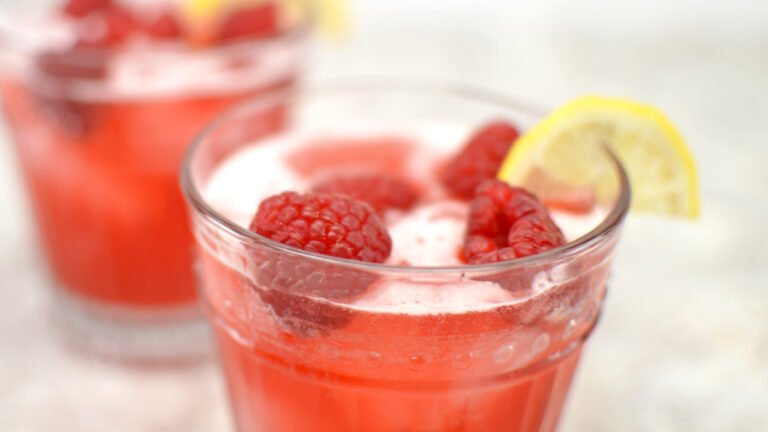
Raspberry Lemonade Kombucha Recipe
Yield: 7 bottles • Active time: 20 minutes • Total time: 3 -10 days
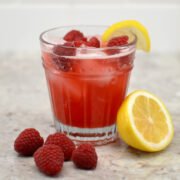
This recipe assumes you are doing a secondary fermentation (flavoring and carbonation) in the bottle. You may also incorporate a third fermentation using the same proportions but following the third fermentation steps.
Ingredients:
1 gallon homemade kombucha from a first fermentation, 3.7 L
1 cup fresh or frozen raspberries, 123 g
1 whole fresh lemon, seeds removed and coarsely chopped
7 sugar cubes or 2 Tbs white sugar 12 g
Instructions:
Prepare raspberries: Lightly mash the raspberries in a small bowl. This will give them more surface area to infuse the kombucha with raspberry flavor
Prepare lemon: Rinse, seed an finely chop the lemon. Stir into mashed raspberries and combine thoroughly.
Flavor: Evenly raspberry-lemon mixture between the bottles
Sweeten: Add one sugar cube per 16 bottle or evenly divide sugar between bottles (about 1 tsp per 16 0z bottle)
Bottle: Transfer kombucha into fermentation bottles, leaving about 1 inch empty at the top. Seal tightly.
Ferment: Place in a dark, room temperature area for 3 to 10 days, until it reaches the carbonation level you like. This process will go faster in warmer climates, and slower in cooler climates.
Enjoy: Chill your raspberry lemonade kombucha bottles in the fridge before serving and strain the kombucha to remove fruit pieces when serving (optional).
Homemade kombucha can be stored in the fridge, tightly sealed, for several weeks.
Tips & Tricks:
Make sweet tea for your next batch the night before you flavor and bottling and let it cool on the stove overnight so that you can flavor your kombucha and get your next batch started at the same time.
If this is your first time brewing, it may be helpful to use a plastic water bottle as a gauge. Fill a recyclable plastic bottle with kombucha (leaving 1.5 inches empty at the top). When this bottle becomes rock hard, you’ll know the glass bottles are also ready. This will help you gauge how long it take for kombucha to carbonate your climate and will prevent bottle explosions.
Nutrition Information:
Kombucha Recipes You Might Also Like
More Kombucha Knowledge
Helping you learn to brew kombucha, find inspiration for new kombucha flavors and use kombucha to make kombucha mocktails


